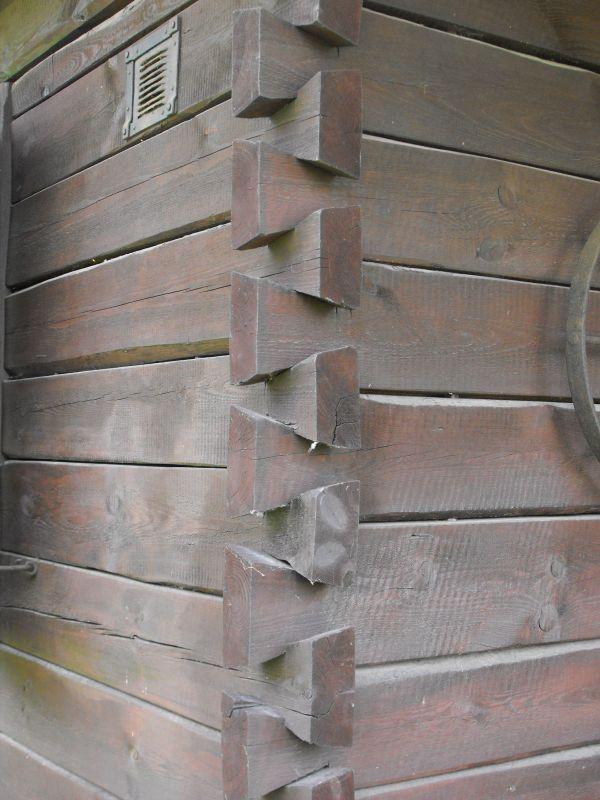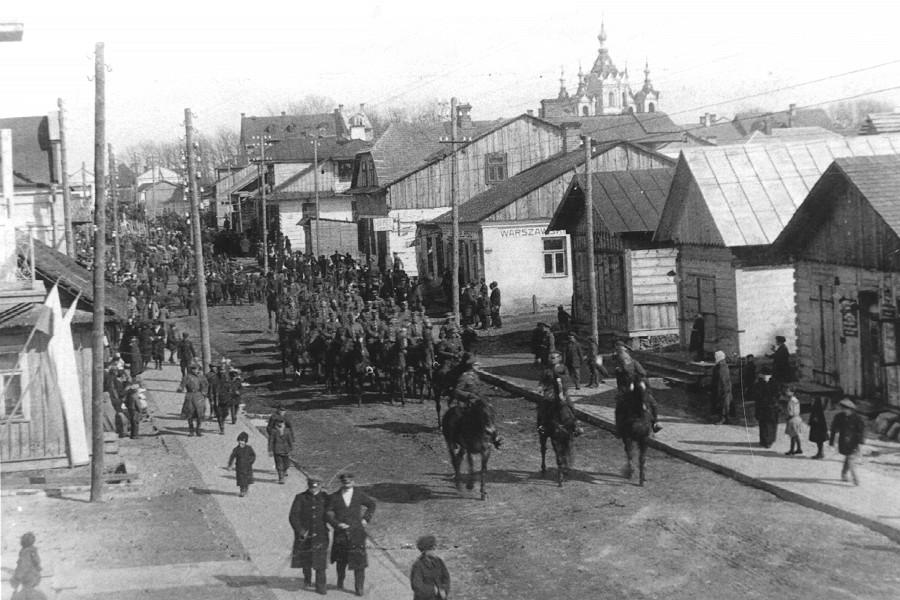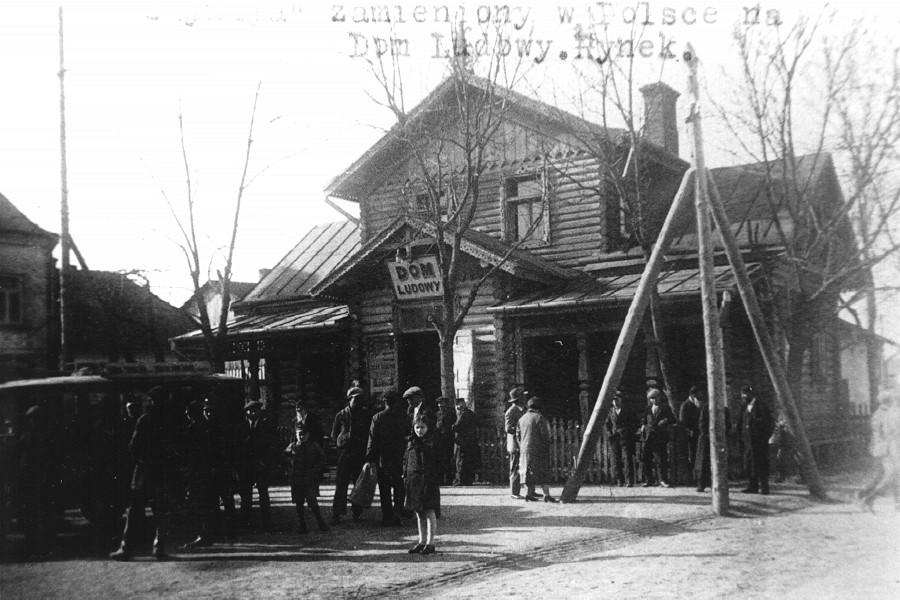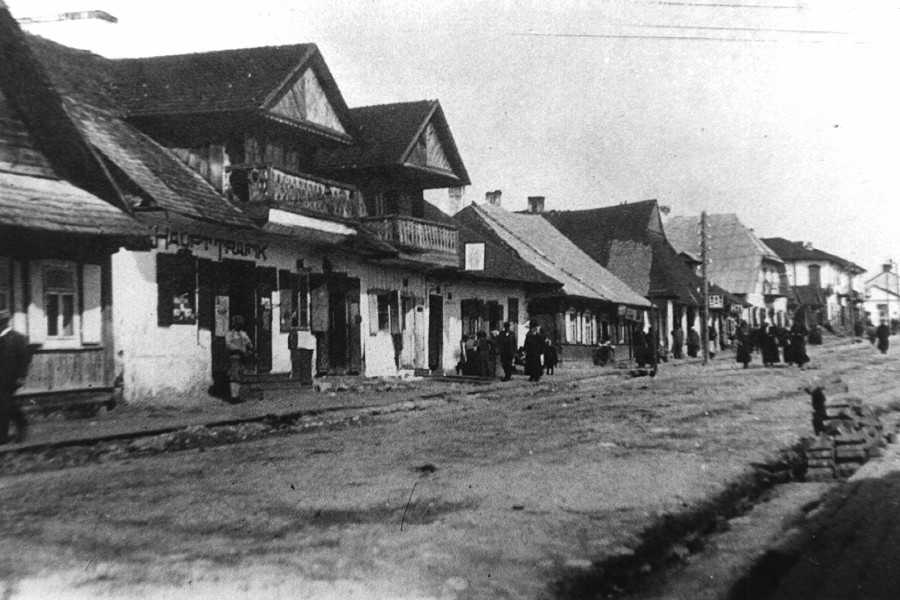Traditional construction in all corners of the world was based on natural materials available in the immediate area. In the mite, these materials primarily included wood. Sturdy species, such as oak, were used for foundations, joists and posts; while fir and pine were the primary building blocks1. In addition to wood, stone (for foundations), brushwood2 and clay were used in construction. Clay was used to make pig iron bricks by hand, which were used to build chimneys. The clay itself was used to build stoves and to compact floors. Joints between stacked wooden logs were sealed with straw twisted in a special way, hemp twine, wood shavings and also moss and clay. A common practice (still occurring occasionally in some villages today) was to ogajanie, (that is, insulate) residential buildings for the winter. This involved draping the house with straw or dry leaves and attaching the resulting insulation to the house wall with slats. In the spring, this insulation was removed and used, as bedding for animals.
The most typical construction of buildings in our region is log construction. Walls were built of logs – round logs, half-round logs or logs machined to an angle, usually joined by the “fishtail” method (photo). Earlier, the weaving of walls with brushwood and clay cladding was also used.

Most of the buildings, both residential and farm, had gabled roofs. Originally, they were thatched, attached to the laths with twine. Some of the wealthier buildings (churches and manor houses) were covered with split shingles (wooden planks, made by hand). In later times, thatch roofing was supplanted by roofing made of flat sheet metal, tar paper and asbestos.
A typical farmhouse in the Lublin region, was the maypole. The house was usually placed along the road, while other buildings (barn, stable, chicken coop, pigsty, cowshed) were placed in a quadrangle around the yard. It was also common to whitewash houses, or farm buildings, with lime.



